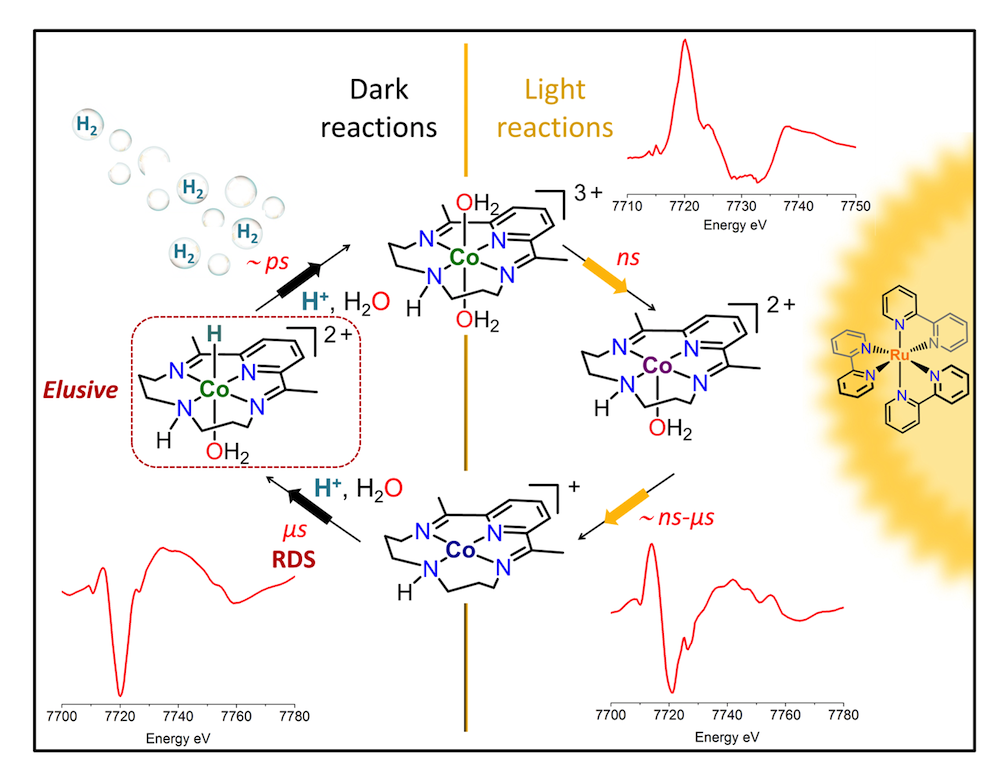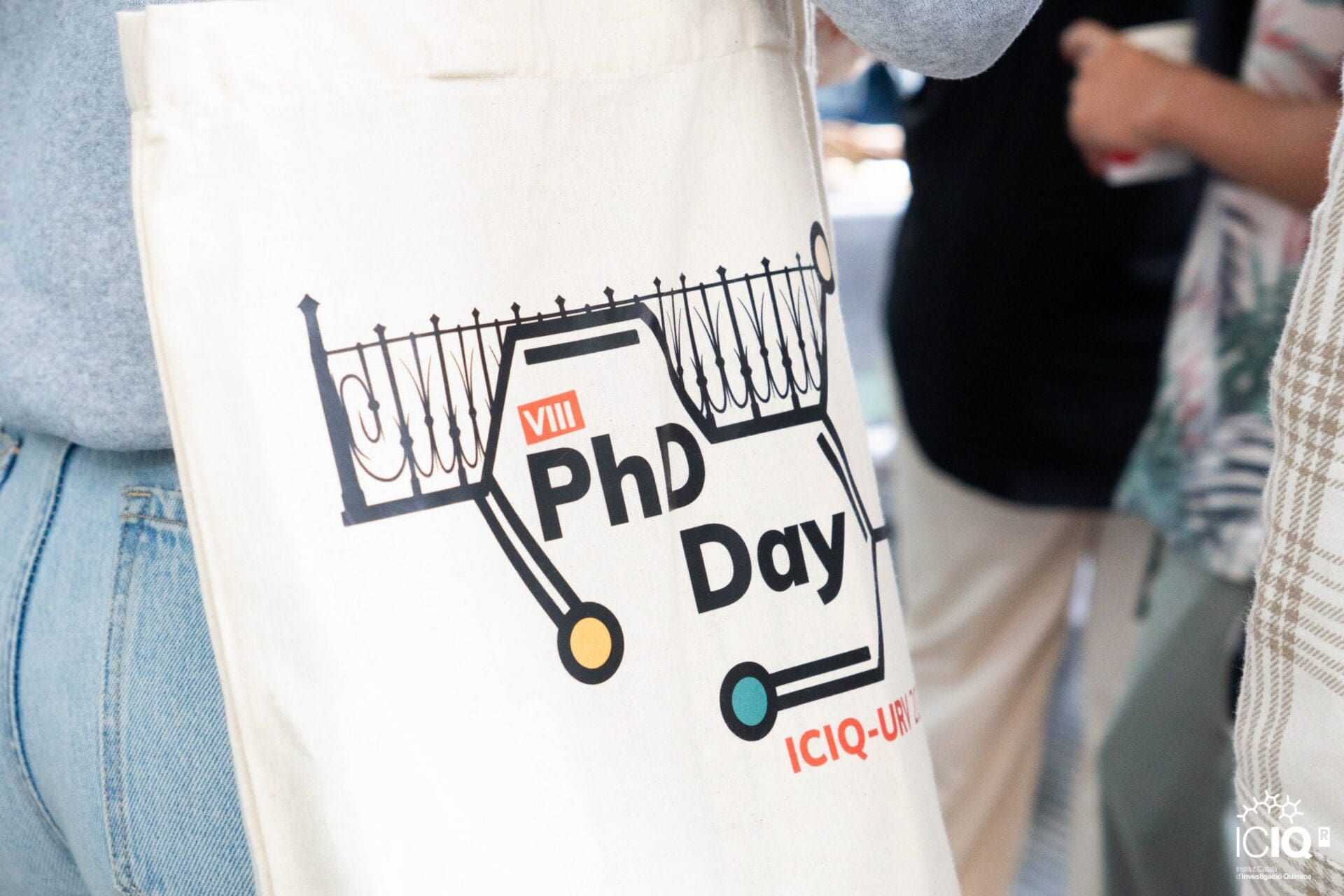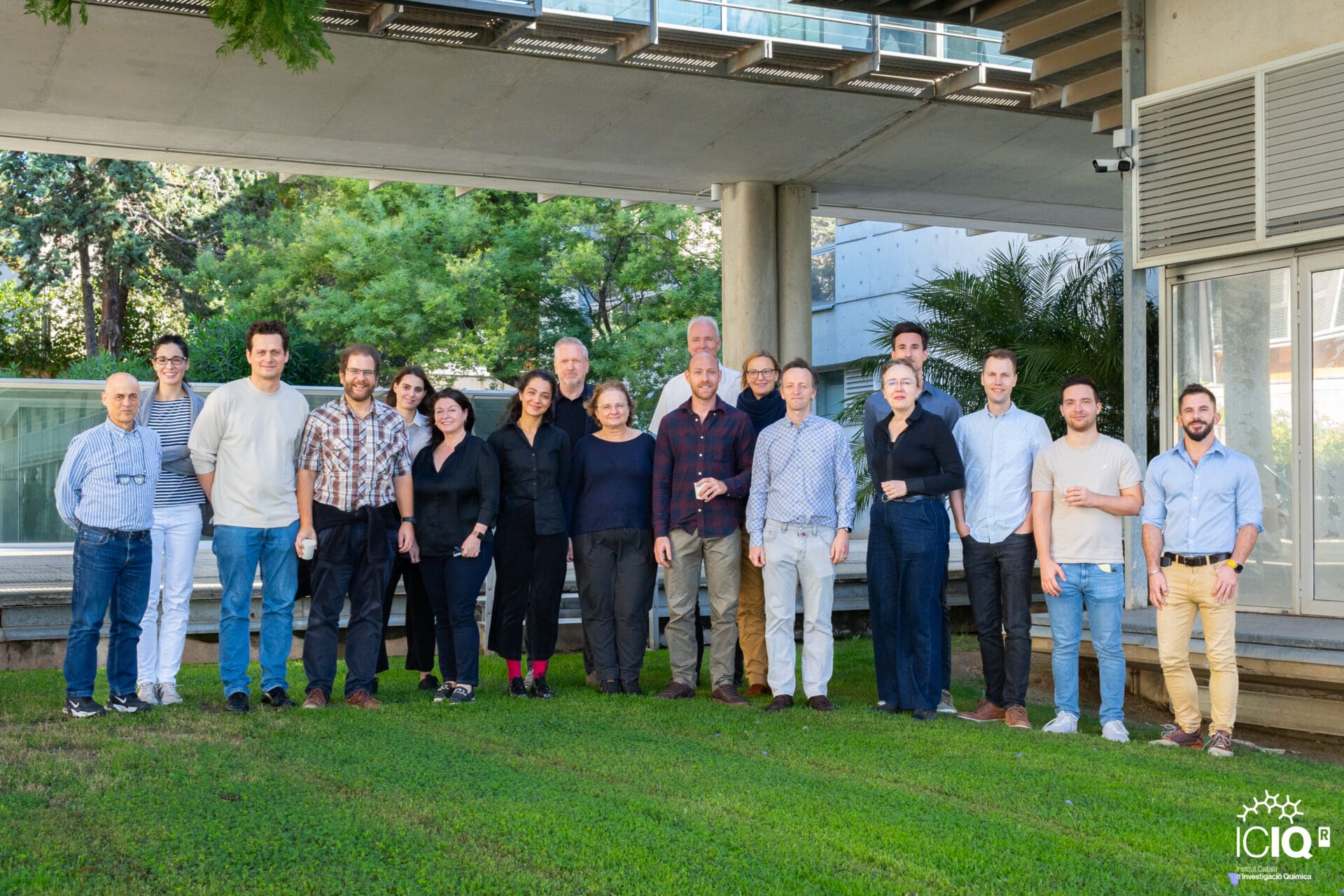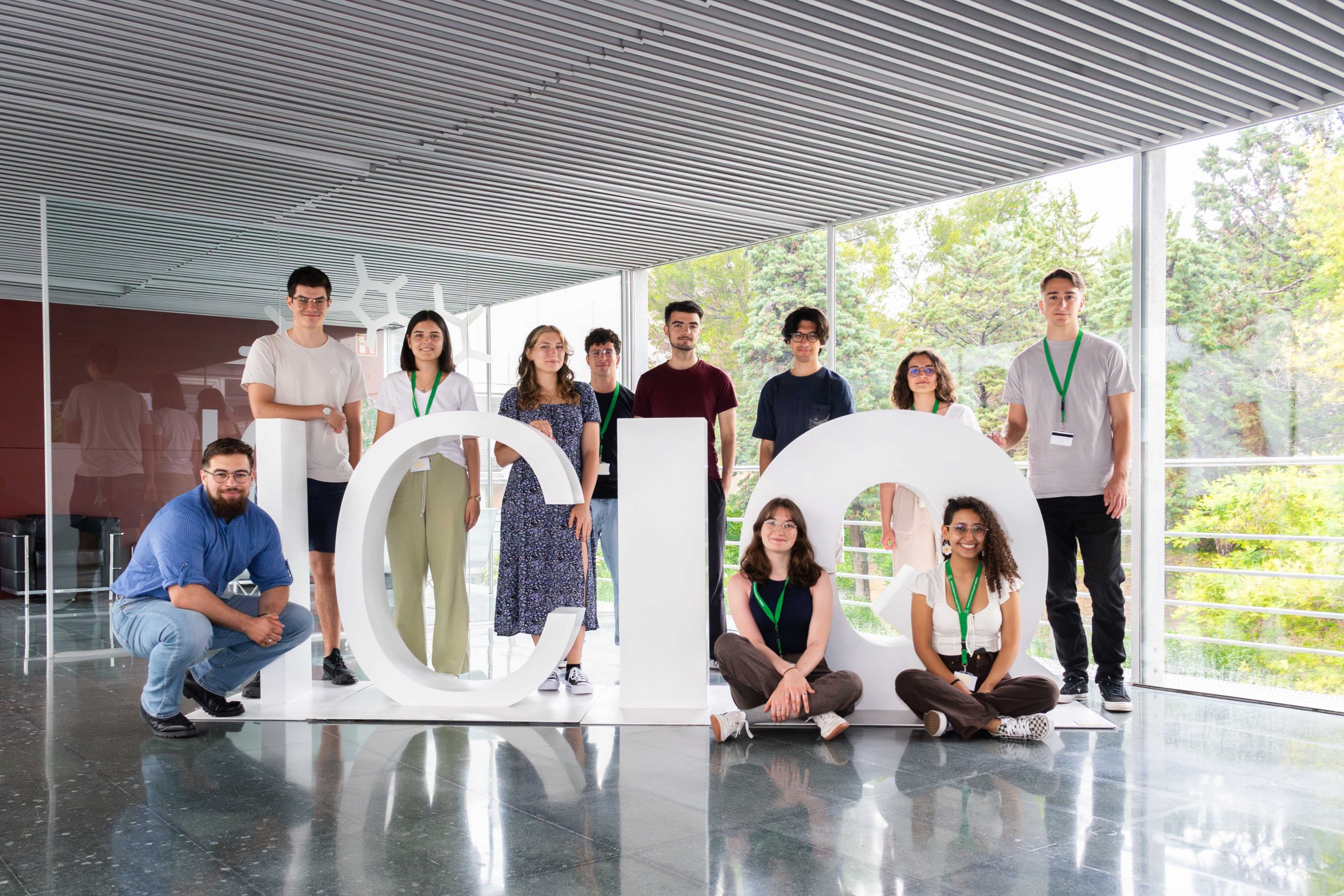X-ray transient absorption spectroscopy to study the hydrogen evolution reaction
The research group of Prof. Antoni Llobet has studied down to the last detail the light induced hydrogen evolution reaction catalyzed by a cobalt complex. The cobalt complex studied is one of the few water reduction catalysts that is, at the same time, highly active and stable in water.
A technique widely used for this type of studies is the time resolved UV-Vis spectroscopy. However, sometimes this is not the best choice since there are many species involved in the reaction –such as the photosensitizer-, which can interfere and hamper the analysis of the results. For this reason the researchers have decided to use a different technique –the time resolved x-ray absorption Spectroscopy (X-TAS)- with a very selective analysis range that allows the study of the cobalt complex during the whole reaction without interferences.
This is the first time that such a detailed study of the mechanism is performed. The results obtained prove the mechanistic pathway followed by the cobalt complex with spectroscopically and kinetically characterization of different intermediates and identification of the slowest step (rate determining step). The latter is important because it can help to find new ways to improve the reaction.
“This study is the result of a massive collaborative work that allowed us to follow the hydrogen evolution catalysis by a molecular cobalt catalyst, step by step, in pure aqueous conditions. The identification of the rate determining step (rds) of the reaction is important for the scientific community to find better catalyst designs that enhance the rate of the reaction, beyond the current microsecond timescale” -says Dr. Carolina Gimbert, postdoctoral researcher in Prof. Llobet group.
The x-ray transient absorption spectroscopy is becoming an increasingly important tool in following molecular structures in chemical reactions and to map out structural factors that could influence reaction pathways. It can analyze processes that occur in times as short as picoseconds. There are few places in the world where you can perform this technique. In this case, the experiments have been performed in collaboration with researchers at the Advanced Photon Source (Argonne National Laboratory).
Tracking the structural and electronic configurations of a cobalt proton reduction catalyst in water
D. Moonshiram, C. Gimbert-Suriñach, A. Guda, A. Picon, C. S. Lehmann, X. Zhang, G. Doumy, A. M. March, J. Benet-Buchholz, A, Soldatov, A. Llobet, S. H. Southworth
J. Am. Chem. Soc., DOI: 10.1021/jacs.6b05680
Related news

Let's create a brighter future
Join our team to work with renowned researchers, tackle groundbreaking
projects and contribute to meaningful scientific advancements







 16-12-2024
16-12-2024 


















